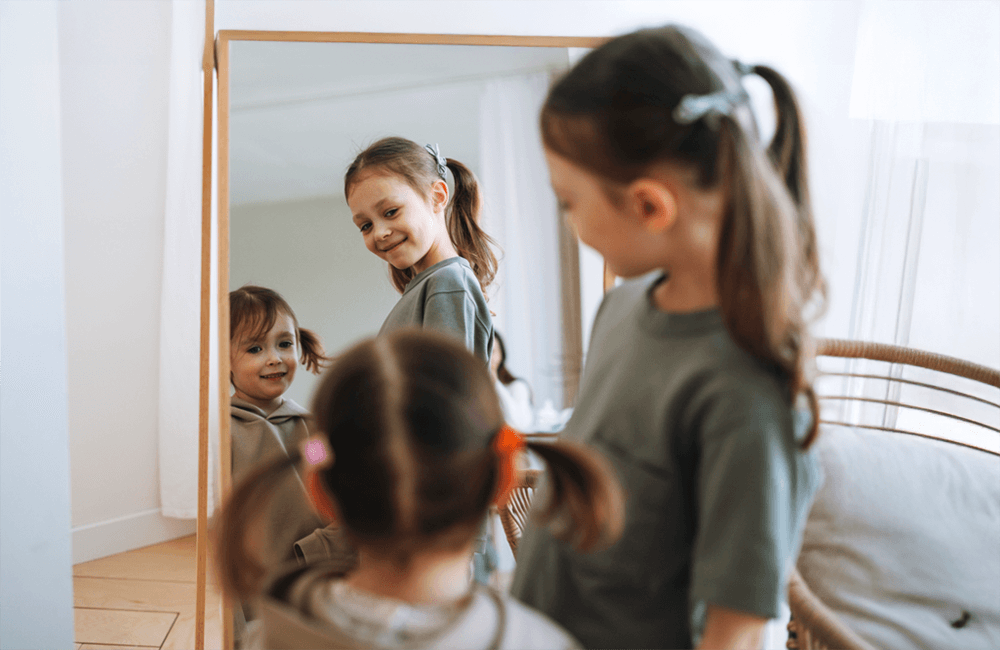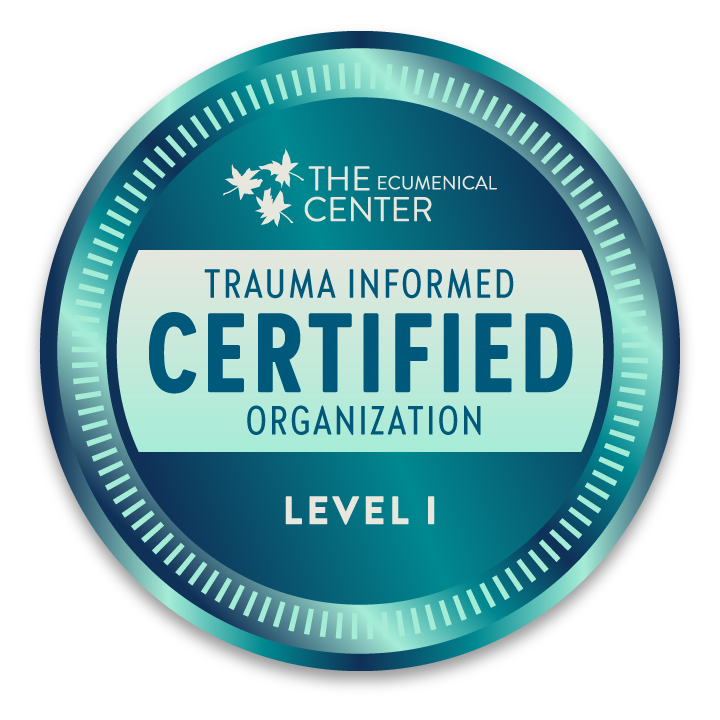Devon* is an 11-year-old living with his grandmother. His mom left the family years ago and his dad recently went to prison. Devon misses his dad and doesn’t understand why his grandma acts more like his school principal than the fun lady who used to spoil him. He becomes emotional easily and sometimes has a difficult time calming down. “Stop being so upset!” his grandmother tells him as she gives a list of reasons why things are fine. But her reasoning never works. Instead, Devon’s behaviors spiral out of control.
Think of a time when you were sad, angry, or anxious. You may have heard some of these phrases from a well-meaning friend: “Don’t be upset,” or “Just calm down, everything will be fine!” Maybe your friend explained reasons why you shouldn’t be having these feelings. Did this response help? Probably not.
Regulate, Reason, Relate
When children or teens with hard histories exhibit challenging behaviors, our natural response is to give them reasons to stop. Psychiatrist and author, Dr. Bruce Perry, says this is the wrong place to start. Instead, we must first help our children calm down (or regulate), then relate to what they are experiencing, and, finally, reason with them. He refers to this approach as “The Three Rs” – Regulate, Relate, and Reason.
Each “R” is important, but when your child is upset and acting out, the order matters.
A few ways to help a child regulate include a snack and water, a short walk around the house, and deep breathing. The key to is to work together with your child: help them find something to eat, walk outside with them, and pretend to blow up balloons with each other. Sitting next to an inconsolable Devon and rubbing his back would be a great way for his grandma to help him regulate. Once grandma sees steady breathing and a relaxed body, she can move on to relating with Devon.
Relating includes helping kids feel seen and heard by showing empathy and compassion. This may involve repeating back to children the words they are using to express their sadness or telling a story that shows you understand what they are feeling. Devon’s grandma could reflect to him, “I know you really miss your dad.” She could assure Devon that she misses his dad, too. When relating to children in this way, we are strengthening attachment.
Finally, we reason. This is when children can access the thinking part of their brains. At this point, Devon’s grandma could explain why he’s safer living with her right now. He will likely be more receptive because he is calm and feels understood. In this reasoning phase, children can reflect on what has happened and learn from it. Unfortunately, we tend to start where we should finish.
The next time you see your kiddo heading for a meltdown, check yourself before giving a list of reasons or explanations. Start with regulating, move to relating, and end with reasoning. You’ll see faster resolutions to challenging behaviors, and most importantly, you will be forming stronger attachments to your children.
*Devon is not an actual client, but the events described are common to many caregivers parenting kids who have experienced, abuse, neglect, and loss.
Source: Beckon House – The Three R’s













